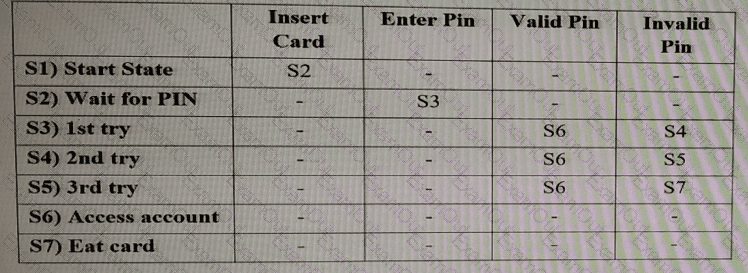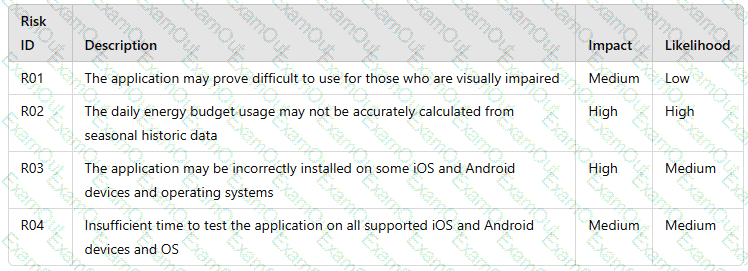The following document has been produced as part of the replacement of an internal Customer Relationship Management (CRM) application. The replacement application should not differ from the current CRM application, and the documentation reflects this aspiration, with seven specific requirements listed.
Document:New CRM Overview-20nn-1 A
CRM Replacement
Author:Andrew Smith
Date:26-01-20nn
Version:0.04
The following are individual requirements:
There are no new screens in the replacement CRM application
The screen layouts match the existing CRM application
Screen navigation conforms to the internal company standards
Data will be displayed within 4 seconds
Screen US002B layout is amended to introduce the ability to populate a new data item for Financial Conduct Authority registration number (optional field - to be reported from the start of the next tax year). This is a numeric item, unique to any company.
Security access will be controlled by SSO (Single Sign-On) from the users' network logon
Users without authorized access will not see any CRM screen
The requirements will be reviewed using a standard checklist:
a. Requirements should be testable
b. Each requirement should be consistent with other requirements
c. Each requirement should be unambiguous
d. Each requirement should have a unique identifier
e. Documents should be versioned, dated, and the author specified
Which checklist items would identify issues in this requirements document?
SELECT ONE OPTION:
How many cases are required to test the tax system specification as described below, using a decision table which is not collapsed?
Tax system
A tax system needs to be updated due to new legislation. For a person with a salary of less than € 20.000 and who is married, the tax needs to be recalculated. If the person also has more than two and less than five children, an additional 10% reduction is applicable.
A PIN entry component of an ATM system has been developed using the following state table:

Using the state transition test technique, how many 0-switch test cases are needed to achieve 100% 0-switch coverage?
For the use case Copy A4 to A4 for a new copier, the following scenarios were identified.
Basic scenario single-sided to single-sided.
Alternatives single-sided to double-sided, copy of a set, copy using the automatic document feeder
Errors: no paper in paper tray, paper jam, out of staples.
What is the minimum number of test cases needed to achieve the minimum acceptable level of coverage for this use case?
A tablet manufacturer offers the following options for its customers:
Colour:Black, White, Silver, Gold
Model:Standard, Mini, Pro
Gigabytes:32, 64, 128, 256
Connectivity:Wifi-only, Wifi+Cellular
When applying the pairwise test technique, how many TEST CASES would be needed to ensure that ALL pair combinations are tested?
SELECT ONE OPTION
You work for an insurance company with parallel projects. You need to recommend the best approach for test case design for each project.
Project A:Maintenance release with minor UI changes, experienced testers, manual execution.
Project B:Development of a new algorithm for risk assessment, high risk of regression, automation needed, audit required.
SELECT ONE OPTION
When applying for health insurance from Health4You, applicants are categorized based on age, alcohol consumption, employment, and smoking status. How many test cases are required to give full coverage for the above rules when applying collapsed decision table testing to exclude infeasible combinations and irrelevant conditions?
SELECT ONE OPTION
You work for a company that is a pioneer in smart energy technology. The company is planning to launch a new application for smartphones and tablets that will allow customers to view their energy readings remotely. The application must support customers with disabilities.
The application is being delivered using a hybrid mix of agile and V-model methodologies over three iterations:
Iteration 1:Development of the application for the iOS operating system
Iteration 2:Enhancement to support the Android operating system
Iteration 3:Enhancement to provide daily budget usage
You have been asked to review the risk register and design test conditions for the highest priority product risks that fall into your area of responsibility, relating to Iterations 1 and 2 only.

SELECT ONE OPTION
You are testing software which is being ported from one platform to another. There are no documented requirements and there is no time budgeted for writing them.
Which type of test technique is most useful in this situation?
Which pair of statements correctly describes when functional completeness, functional correctness, and/or functional appropriateness are undertaken?
SELECT ONE OPTION

